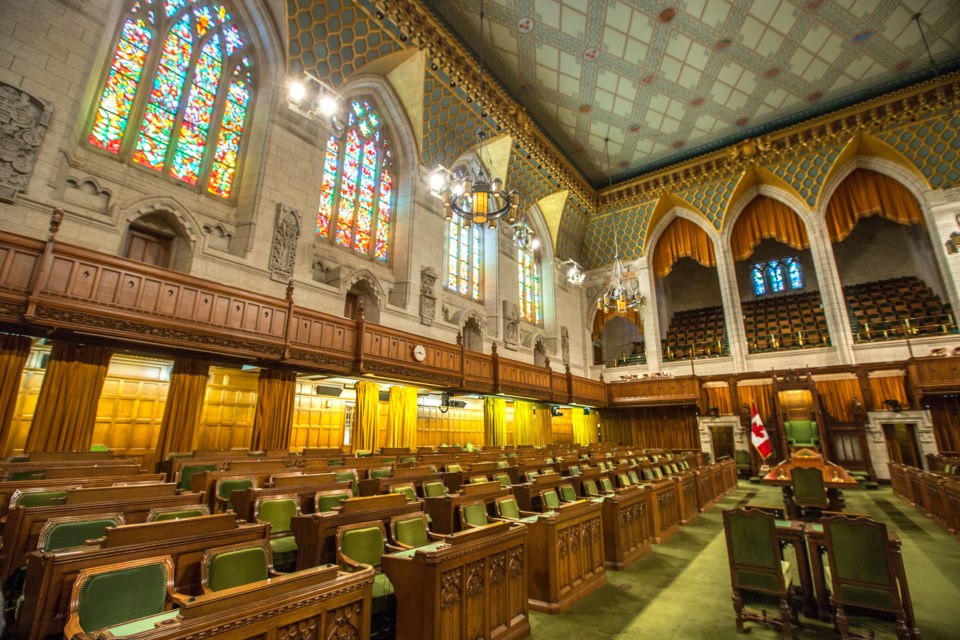Imagine you go to your child’s school play and quickly notice the only students who are in the play are the little boys who all look very similar.
The play goes well and you clap for the talented children performing, but this isn’t a boys’ school and there are kids of different genders and shapes and colours in the audience, watching.
Would you walk out wondering what was going on? And you would hope more of the kids would get to be involved next time?
You likely wouldn’t assume that all the other kids just weren’t interested, would you?
And yet that is what we seem to assume with politics.
It is hard not to notice that all the candidates in the Sea to Sky are all white men from a similar socio-economic demographic.
Not to knock any of our fine candidates — good on them for stepping up and they all deserve to be in the running.
But what is up with the lack of diversity this time around?
“It is an ongoing problem, absolutely,” said when interviewed by The Chief for a story this week about the upcoming election.
And it is not just our riding.
according to their research, white men were disproportionately represented in 2015 and 2019, accounting for 52% of all candidates while making up only 36% of the Canadian population.
Marc André Bodet, associate professor of political science at Laval University, who helped with the data analysis, told CBC that the House of Commons looks like our population did a10 or 20 years ago.
There’s a lag as the white men who get elected tend to remain for a few rounds of elections, he said.
“It means that maybe in 10 years we will have a House of Commons that will look like the Canadian population today. This lag will remain,” Bodet said.
So, should we just wait then, for all folks to be represented by their government?
Munroe says there’s a lot going on that is causing this homogeneity.
“Men typically will volunteer, or seek out opportunities to be candidates even if they aren’t, from an outsider perspective, all that qualified for it — and I am not making a statement about any of the candidates in our riding, of course,” Munroe said. “As a general rule in North American politics, men are quite quick to say, ‘Sure, I will do that.’... You have to actively recruit women.”
He said that the nomination process is quite brutal and can get quite personal.
As Munroe said, being an MP is not a great job, though it is quite handsomely paid.
Anecdotally, a few local women have told The Chief they were horrified to watch the vitriol — and a Barbie Doll in the mail — Catherine McKenna received as environment minister, to the point she needed extra security.
“It is a messy business and people seem to think that because you have been elected, it is fair game to chuck whatever vitriol they want at you,” Munroe said. “Who needs that? I know a lot about this, and I certainly wouldn’t sign up,” he said. “I have a lot of time for candidates from any party — whether I agree with them or not, because it is a rough business, and that they are willing to do it, is quite impressive.”
True, but in the corridor there are also great and powerful Black, Indigenous, and other People of Colour (BIPOC), women and non-binary folks who would also be amazing candidates. It is our loss that none are running.
One day, hopefully, we won’t need to discuss the gender or skin colour of those running in elections — or in anything else — but that will only be when the options we have more closely represent all of us.
We have sent questions to our ߣÄĚÉçÇřSea to Sky candidates asking what their parties are doing to ensure their candidates more closely mirror the people they serve. We encourage you to ask about this too.




